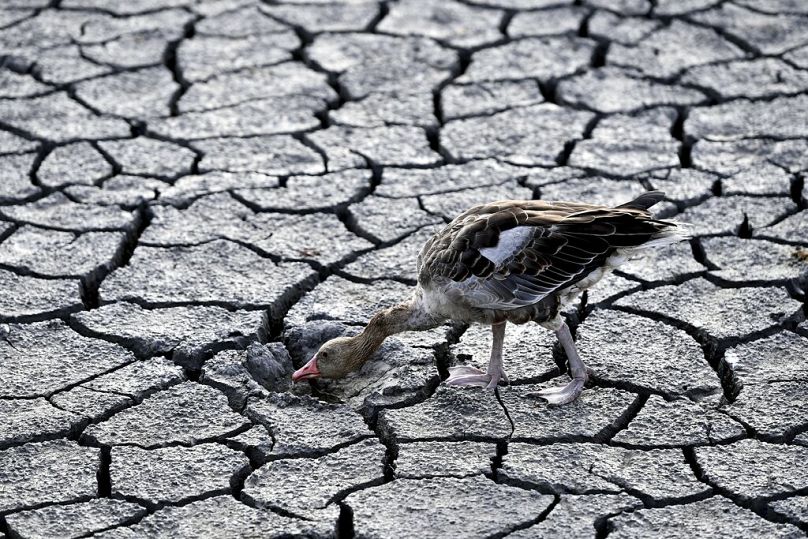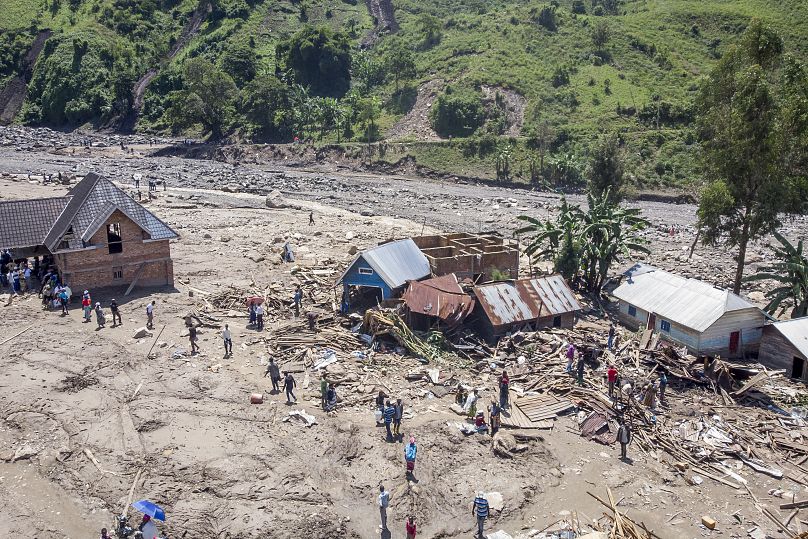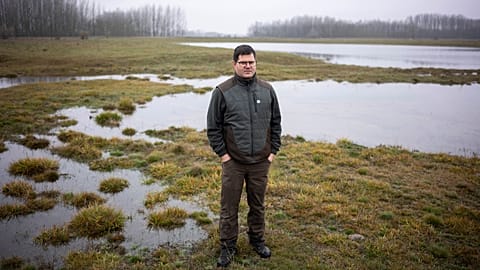Heat-trapping greenhouse gases and El Niño could see the world’s climate move ever further from what we are used to.
Global temperatures are likely to soar to record levels in the next five years, the World Meteorological Organization (WMO) has warned.
Fuelled by heat-trapping greenhouse gases and El Niño weather event, there is a 98 per cent chance that at least one of the next five years - and the period as a whole - will be the warmest on record.
The WMO report, released in May, also said there is a 66 per cent chance of annual average surface temperatures between 2023 and 2027 being more than 1.5°C above pre-industrial levels for at least one year.
This would briefly push us above Paris Agreement targets which urge limiting global temperature increase this century to 1.5°C.
Will the world exceed 1.5°C of global warming in the next five years?
“This report does not mean that we will permanently exceed the 1.5°C level specified in the Paris Agreement which refers to long-term warming over many years,” said WMO Secretary-General Professor Petteri Taalas.
“However, WMO is sounding the alarm that we will breach the 1.5°C level on a temporary basis with increasing frequency.”
The chance of temporarily exceeding 1.5°C has risen steadily since 2015 when it was close to zero. Between 2017 and 2021 it was around 10 per cent.
There is now a 32 per cent chance that average temperatures in the next five years will exceed this threshold, according to the United Kingdom’s Met Office - the WMO’s lead centre for predictions like this.
“Global mean temperatures are predicted to continue increasing, moving us further and further away from the climate we are used to,” said Dr Leon Hermanson, a Met Office expert scientist who led the report.
What effect will El Niño have on global temperatures?
Average global temperatures in 2022 pushed the planet to around 1.15°C above 1850 to 1900 levels. The cooling conditions of La Niña over the last three years have temporarily reined in the long-term warming trend, according to the WMO.
These conditions ended in March 2023 and the warming El Niño event started to develop in June. Typically these conditions increase global temperatures a year after they develop meaning the most significant effects will be seen in 2024.
Combined with human-induced climate change, Talaas warned it will push global temperatures into “uncharted territory”.
Record high temperatures were already recorded in both June and July, with 2023 potentially on track to be the Earth's warmest year yet.
The phenomenon is expected to hit the southern hemisphere during spring - between September and November - the Australian Bureau of Meteorology said on 15 August. It is expected to bring warmer and drier conditions that could impact crops.
El Niño “will have far-reaching repercussions for health, food security, water management and the environment,” Talaas added. “We need to be prepared.”
Could early warning systems help prepare us for extreme weather?
The report was released ahead of the World Meteorological Congress at the end of May. Here experts will discuss how to strengthen weather services to support climate change adaptation.
One of the biggest priorities is the Early Warnings for All Initiative which was launched by UN Secretary-General Antonio Guterres at COP27 last year.
Despite increasing numbers of extreme weather events like floods, droughts, heatwaves and storms, there are still gaps in systems warning people of these dangers - especially in developing countries.
Data collected in 2022 revealed that just half of WMO member states have systems informing people and governments that hazardous weather is on its way in place. These systems also need to be linked to policies, communications and emergency response plans for them to be effective.
The initiative seeks to close those gaps with Guterres calling on the WMO to help ensure that every person on Earth is protected by early warning systems within five years.




















